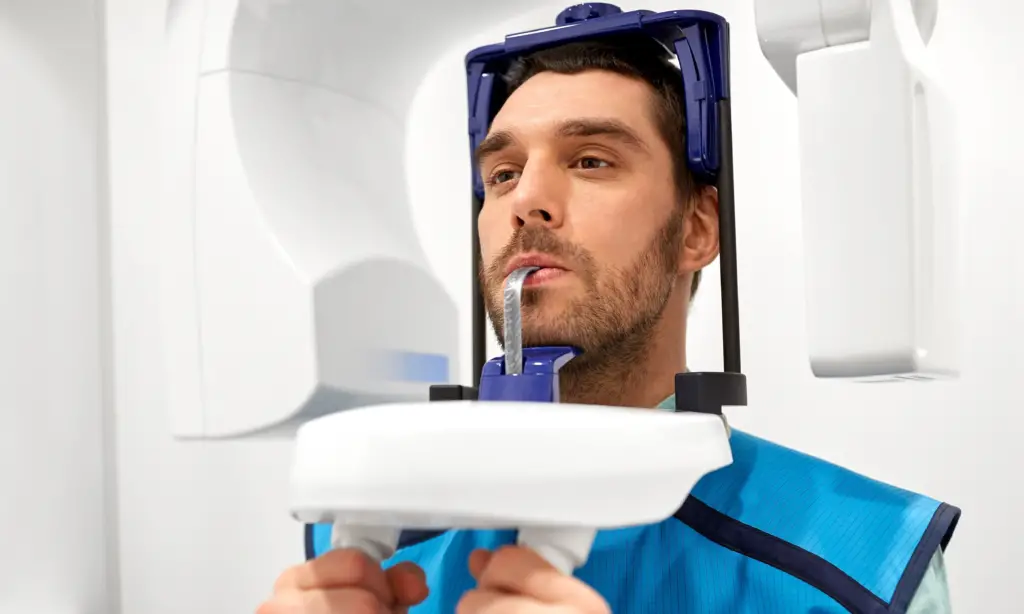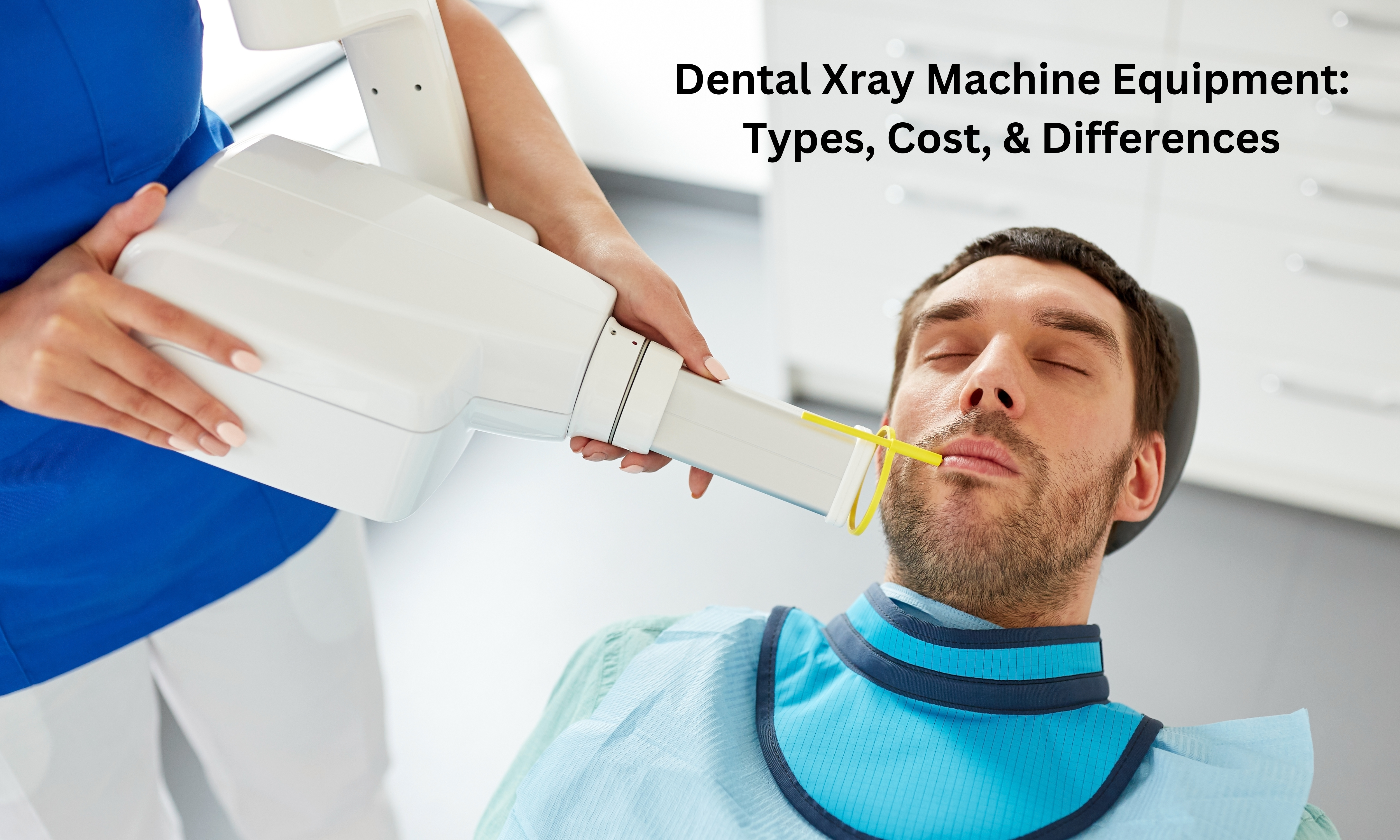Dental Xray Machine Equipment is pivotal in modern dentistry, revolutionizing the way professionals diagnose and treat oral health conditions. This equipment not only enhances precision but also ensures that patients receive the most comprehensive care available.
Delving into the world of dental Xray, one quickly realizes the importance of this technology in ensuring brighter smiles and healthier teeth.
What are the 3 types of dental Xray machines?
Dental Xray machine is a indispensable tool in the realm of oral healthcare, offering dentists a clear view beneath the surface and facilitating precise diagnoses. There are three primary types of dental X-ray machines, each catering to specific needs:
- Cone Beam Computed Tomography (CBCT) X-rays: Resembling 3D scanners, CBCT X-rays offer a comprehensive view of teeth, surrounding bone structures, and tissues. They’re invaluable for detecting issues like TMJ disorders, sinus complications, and sleep apnea, providing detailed images from various angles.
- Digital Panoramic X-rays: Unlike CBCT which focuses on detailed sections, digital panoramic X-rays give a broader view by mapping out the entire set of teeth in one image. This is particularly beneficial when assessing overall dental health, planning for braces, or identifying extractions.
- Periapical X-rays: These are the most targeted, concentrating on specific areas of the mouth. Usually focusing on two or three teeth at a time, they are crucial for pinpointing localized issues like infections, abscesses, or root problems.
Understanding these three types ensures dental professionals can choose the right machine for the specific needs of their patients, ensuring top-tier care.
How does these machines works?
Dental Xray play an important role in helping dental professionals accurately diagnose and treat oral health ailments. Today, the use of digital technology has made dental X-ray machines faster and more efficient. The digital X-ray machine uses a sensor that is positioned inside the patient’s mouth to capture images of their teeth, gums, and other underlying structures. These images are then sent via computer to a monitor allowing dental professionals to analyze the patient’s x-ray results rapidly.
Compared to traditional film X-rays which require manual processing for development, digital X-rays provide quicker results with minimal radiation exposure for patients. This makes the process safer and more comfortable for both practitioners and patients alike. Digital dental x-rays are also easily stored in computer systems indefinitely, allowing for all relevant past medical information to remain readily available in one concise report when needed.

What is the cost of dental xray machine?
The cost of dental xray machine can vary depending on the type and features of the machine. For example, an intraoral x-ray unit may range in price from around $3,500 to $12,000; whereas a digital panoramic unit may range in price from $8,000 to $30,000. A cephalometric x-ray machine or a specialized nomad pro 2 handheld x-ray unit can cost up to $30,000. Additionally, you will need to factor in the cost of installation and training for the machine, as well as any necessary accessories such as lead aprons or radiation shields.
What are the benefits of using a dental Xray machine?
Using a dental Xray machine provides numerous advantages to both patients and practitioners. For starters, digital x-rays provide more detailed images than traditional film x-rays, allowing for quicker diagnosis and treatment times. Additionally, digital x-rays can be stored in computer systems indefinitely, meaning all relevant past medical information is available in one concise report when needed. Finally, digital X-rays are much safer than film x-rays, as they involve minimal radiation exposure for patients.
What is difference between CT and CBCT?
CT and CBCT are both types of Xray machines that provide detailed images of teeth, bone structures, and surrounding tissue from many angles. The main difference between CT and CBCT is the amount of radiation exposure. CT scans involve much higher levels of radiation than CBCT scans, making the latter a more preferable option for dental practices when it comes to patient safety and comfort. Additionally, CBCT scans are more detailed than CT scans, as they use a 3D scanner to map out the entire set of teeth, rather than just individual bone structures.
Conclusion
Dental Xray machine is an essential tool for accurate diagnosis and treatment of mouth and jaw ailments. They come in a variety of shapes and sizes, and offer many benefits to both patients and practitioners. The two most common types of X-ray machines are the CT scan and the CBCT scan – the former provides more detailed images but with higher levels of radiation, while the latter is safer for patients but provides less detailed images. Ultimately, the type of X-ray machine used will depend on the individual needs of the patient and practitioner.

